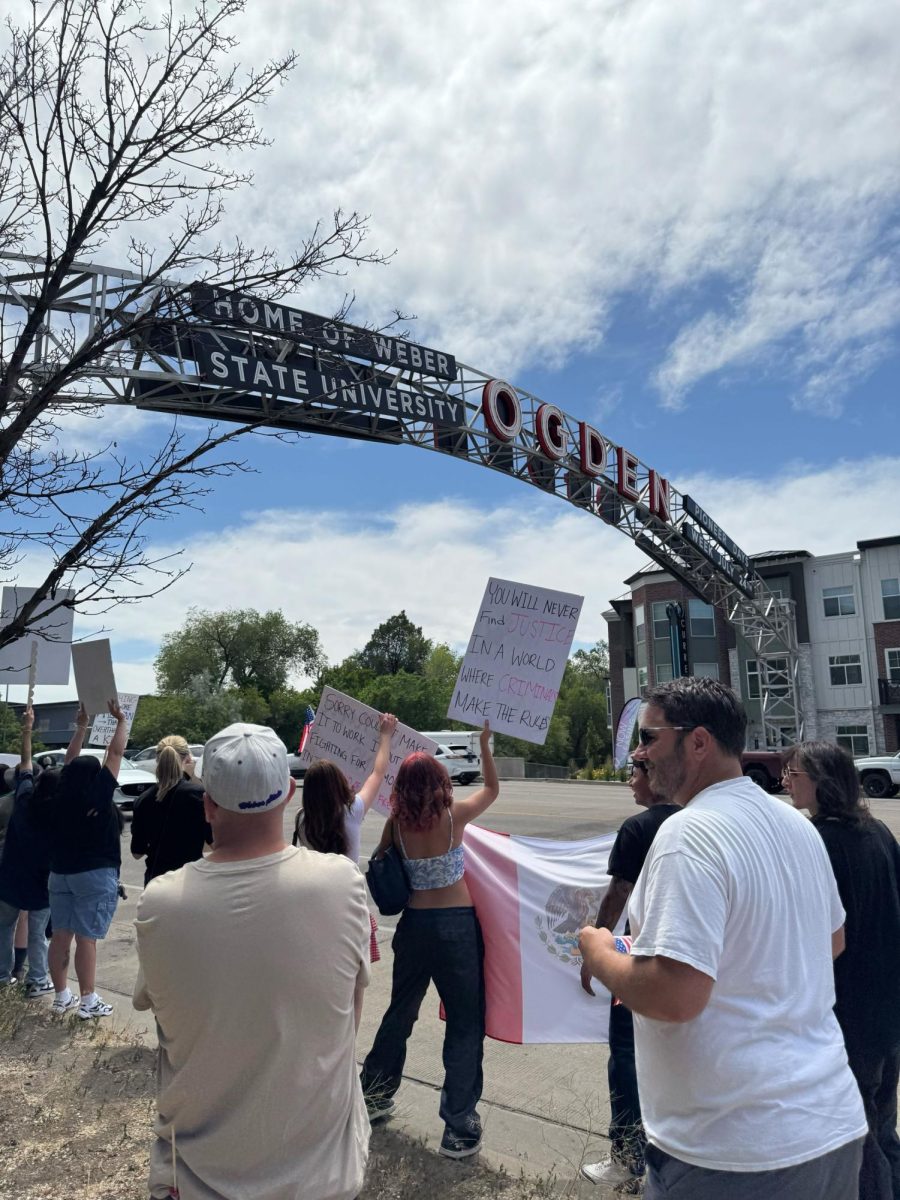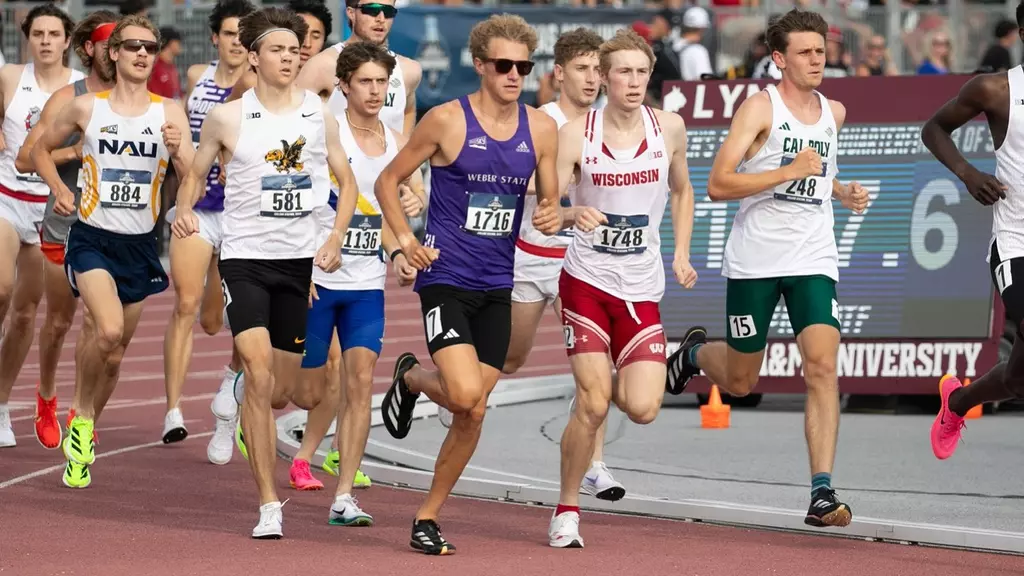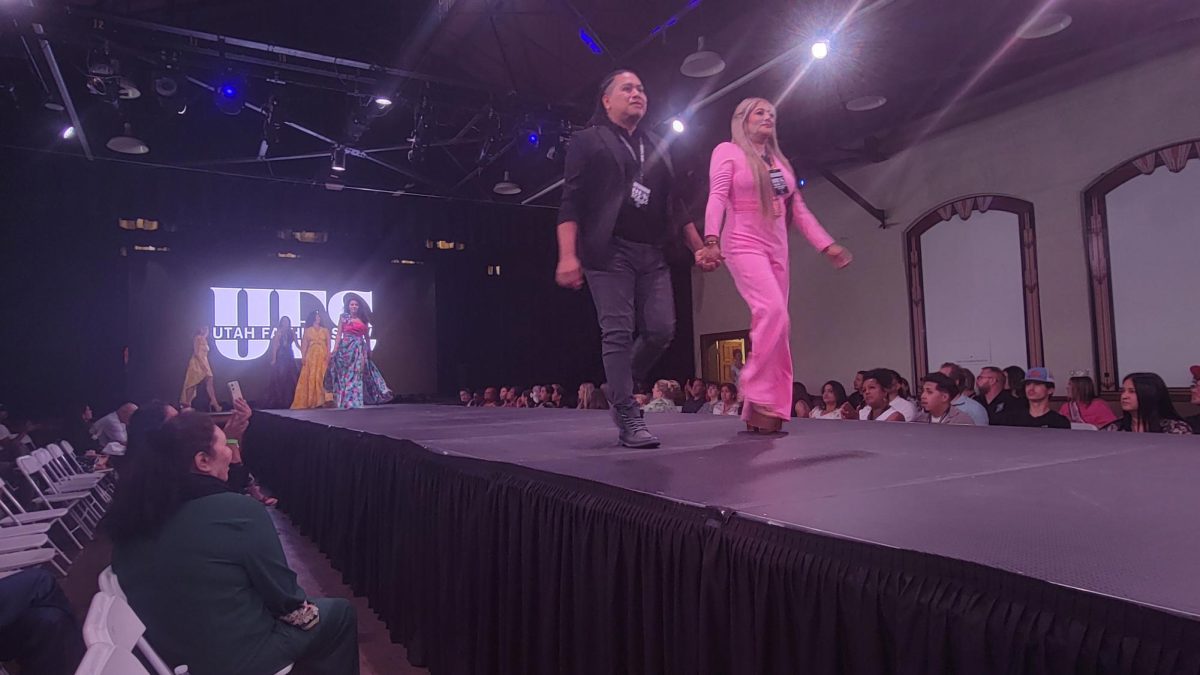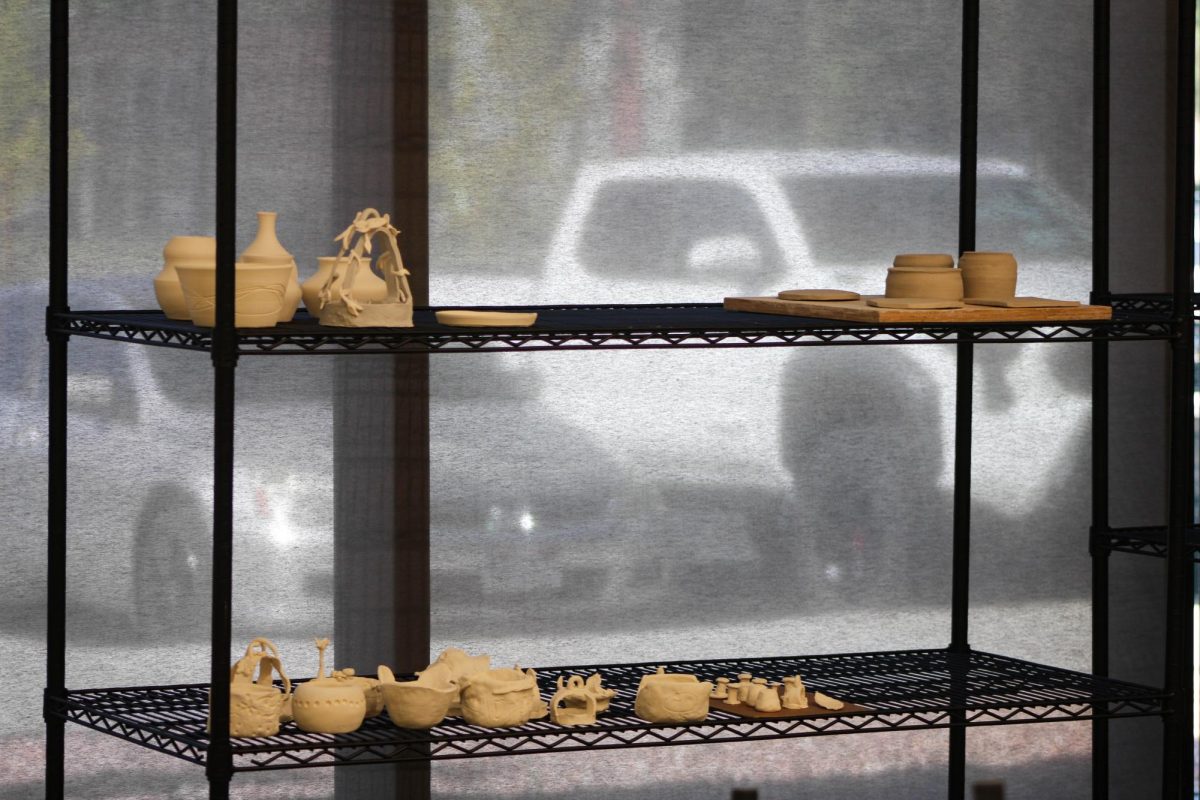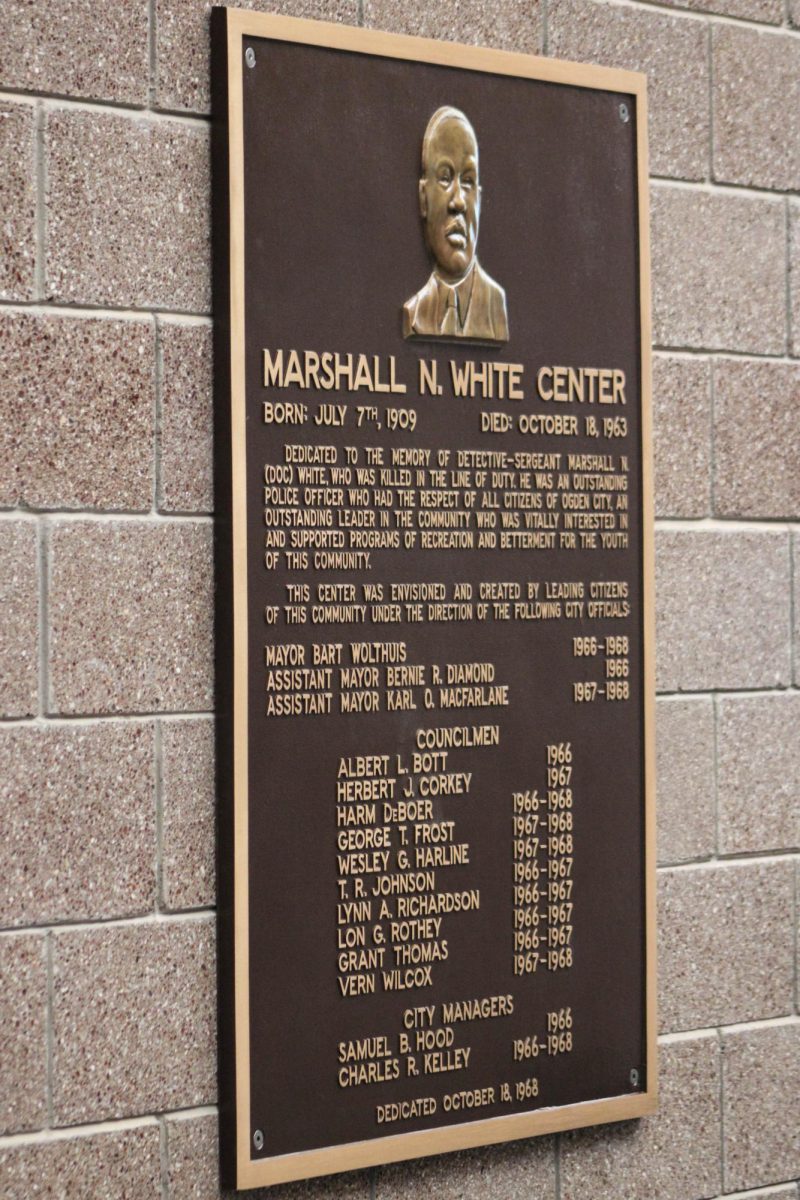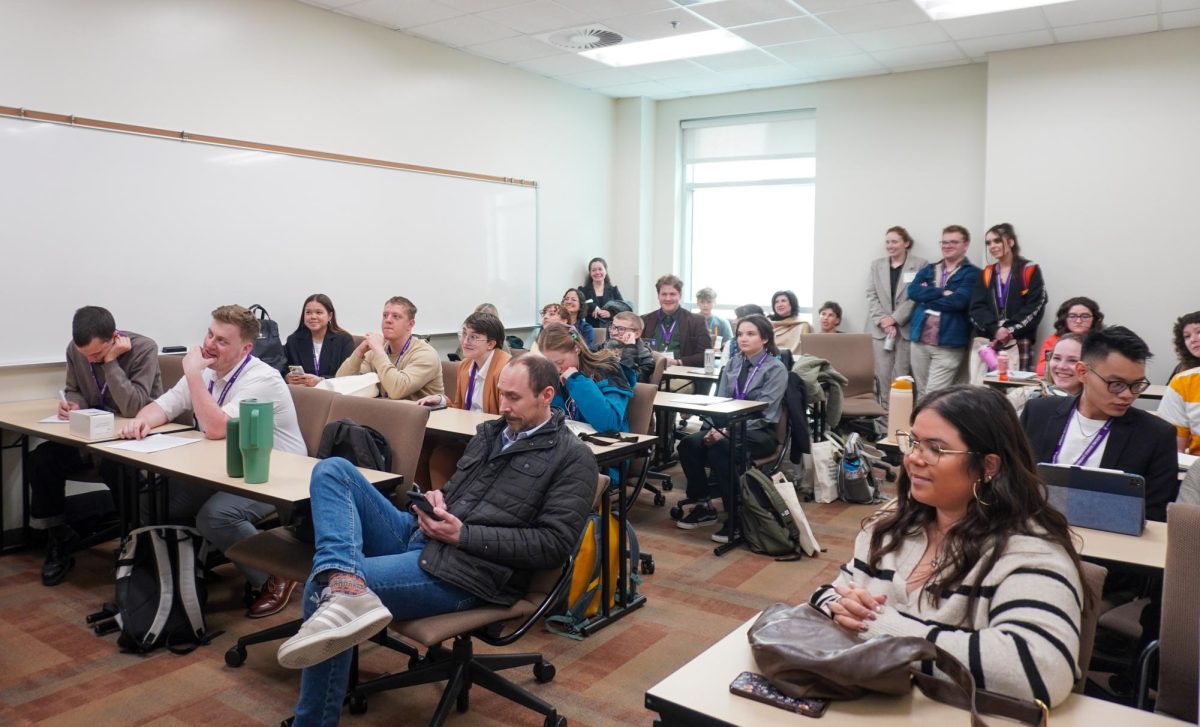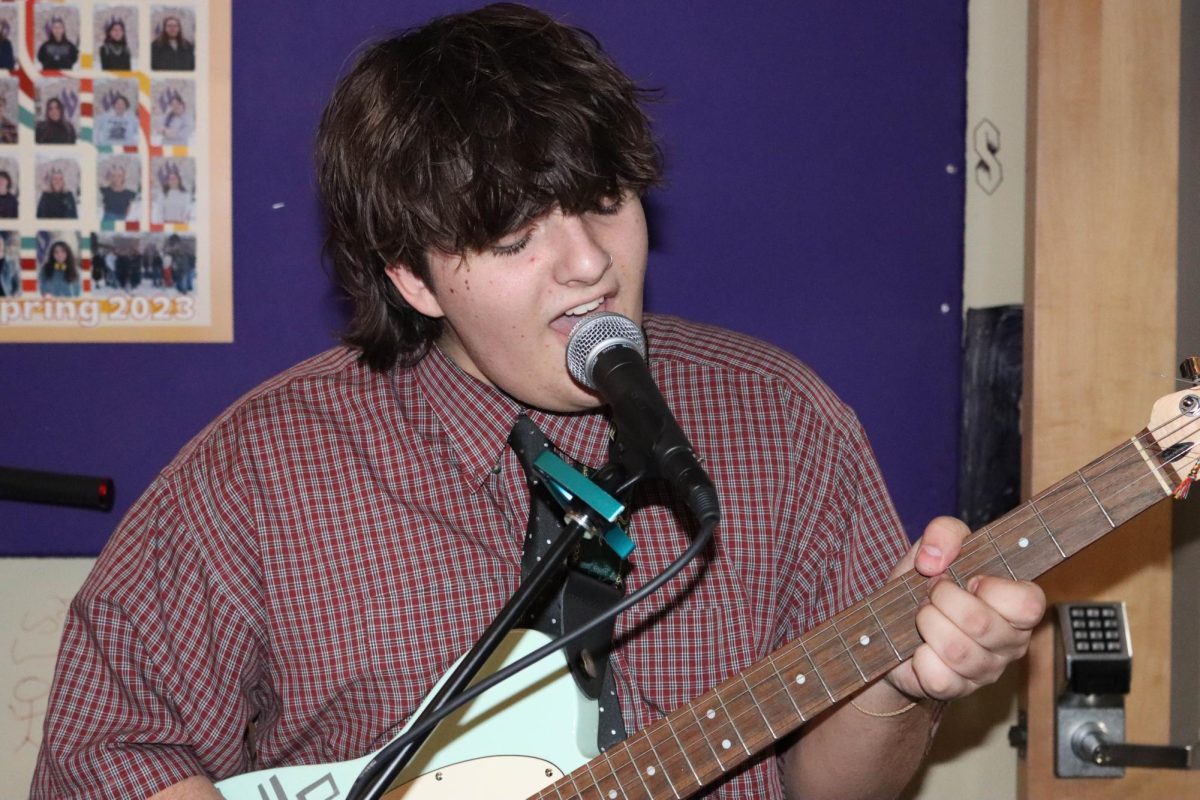
Author and history professor at University of California San Diego Luis Alvarez explained the historical importance of the famous zoot suit to an audience on Feb. 28 in the Weber State University Stewart Library.
Alvarez’s presentation, “The Power of the Zoot: Youth Culture and Resistance during World War II,” was part of a larger lecture series held at the library exploring how World War II impacted civilian lives.
“I hope to give you something to think about for the next hour or so. I’m always happy to talk about the zoot suit and World War II,” Alvarez said.
Its pancake hat, long coat and baggy pants tapered closely at the ankle defined the zoot suit, but Alvarez explained the suit meant something different depending on when, where and by whom it was worn.
“The zoot suit helps us see the importance of illuminating the ideas, the experiences and the perspectives of those that are usually left out of the dominant narratives of history,” said Alvarez
Alvarez believes that the zoot suit has much to teach us about race, culture and identity during the war.
“Zoot suiters professed a wide range of views,” said Alvarez. “Many hoped to prove their worthiness and to prove their belonging through their service.
Weber State student Adam Rodgers expressed interest in the unique history and cultural impact of the suits.
“I found it interesting that it was more of an expression of how people wanted to be a part of society. How they wanted to be seen, heard and didn’t want to be left out,” Rodgers said.
Alvarez dedicated his book “The Power of the Zoot: Youth Culture and Resistance During World War II” to his great Uncle Antonio, who was a zoot suiter in Los Angeles during the late 1930s and early 1940s.




